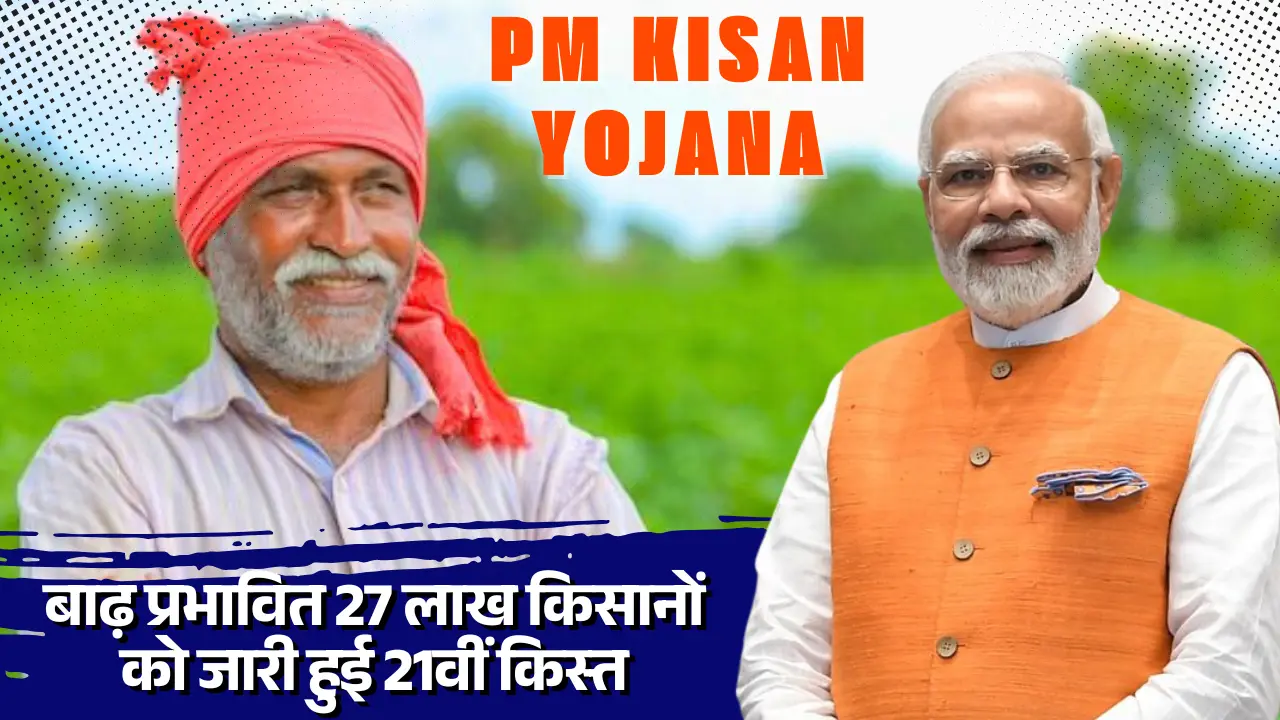US Commerce Secretary India Trade Deal 2025: The relationship between the U.S. and India is one of the most significant geopolitical and economic partnerships of the 21st century. At the heart of this partnership lies the ongoing pursuit of a comprehensive bilateral trade deal. In 2025, with a new U.S. administration and renewed focus on global supply chains, the discussions around a US Commerce Secretary India trade deal have taken on a new sense of urgency and complexity.
This isn’t just about reducing tariffs; it’s about reshaping a trade relationship to reflect a changing world, one where economic security is as important as market access. The stakes are high, with the potential to unlock immense growth or, if handled poorly, to create new friction.
Navigating the Headwinds: Current State of Play
While both nations have expressed a strong desire for a deal, the path forward is far from smooth. The current climate is characterized by significant challenges, notably the imposition of steep tariffs by the U.S. administration.
In late 2025, President Donald Trump’s administration imposed a 50% tariff on all Indian goods, which included a 25% penalty specifically for India’s continued purchase of Russian oil. This has created a major headwind for Indian exports and has made the negotiation table a more challenging place.
U.S. Commerce Secretary Howard Lutnick has been vocal about his administration’s position. In recent statements, he has urged India to “react correctly” to the U.S. and to “open their markets.” The sentiment from the U.S. side is clear: trade must be more balanced, and countries selling to the U.S. consumer must “play ball.”
On the Indian side, Minister of Commerce and Industry Piyush Goyal has stated that talks are progressing positively and that the first phase of an agreement could be finalized by November 2025. However, India remains firm on protecting its sensitive sectors, particularly agriculture and dairy, which are crucial for the livelihoods of a large portion of its population.
Key Sectors and Sticking Points
The trade negotiations are not a monolith; they are a complex tapestry of various sectors, each with its own set of challenges and opportunities. Understanding these key areas is essential to grasping the full picture.
Manufacturing and Technology
This is a critical area for both nations. The U.S. is pushing for greater market access for its industrial goods and high-tech products, while India aims to boost its manufacturing capabilities under the “Make in India” initiative. A trade deal could streamline supply chains, especially in the context of the global “China+1” diversification strategy. However, the recent tariffs have hit a number of Indian export sectors hard, including:
- Gems and Jewellery: With duties of over 50%, this sector, which has a high exposure to the U.S. market, is facing a significant threat to its export volumes.
- Textiles and Garments: This labor-intensive industry is also severely impacted by the new tariffs, affecting key manufacturing hubs in India.
- Automobile Components: This is another sector seeing a major decline, as U.S. importers look for alternatives from other countries.
Agriculture and Dairy
This is perhaps the most contentious point in the negotiations. India is deeply protective of its agricultural and dairy sectors, which provide employment to a huge portion of its population. The U.S. is pushing for increased market access for its agricultural products. Any deal would require a delicate balancing act to address U.S. demands without jeopardizing the livelihoods of Indian farmers.
Also Read: US President Trump sent ‘Full Force’ in Portland: Handle ‘Domestic Terrorists’
Services and Digital Trade
The services sector, including IT and digital services, has long been a bright spot in the bilateral relationship. In fact, U.S. services exports to India in 2024 were an estimated $41.8 billion, showing a significant increase from the previous year. A future deal could formalize and expand cooperation in digital trade, setting standards for data flows, cybersecurity, and intellectual property. This pillar is seen as a key area of opportunity for a “21st-century” trade agreement.
The Bigger Picture: Geo-Economic and Geopolitical Factors
The trade deal is not happening in a vacuum. It is deeply intertwined with broader geopolitical dynamics.
- Russia-Ukraine Conflict: The U.S. administration’s stance on India’s purchase of Russian oil has introduced a major political dimension to the trade talks. Resolving this issue is seen as a prerequisite for a comprehensive deal by some U.S. officials.
- Indo-Pacific Economic Framework for Prosperity (IPEF): While India has opted out of the trade pillar of the IPEF, it is a key participant in the other three pillars (supply chains, clean energy, and anti-corruption). This framework serves as a parallel track for cooperation and highlights the shared strategic interests of both nations in a free and open Indo-Pacific.
This intersection of trade and foreign policy means that a successful deal requires not only economic compromise but also a high degree of diplomatic finesse.
The Path Forward: What to Expect
The negotiations are at a critical juncture. The U.S. is seeking to reset the terms of the relationship, while India is working to protect its domestic industries and manage geopolitical pressures.
- Phased Approach: It is highly likely that any agreement will be a phased one, starting with an “early harvest” of low-hanging fruit—areas where consensus is easier to achieve. This could include simplified customs procedures, mutual recognition of professional qualifications, or specific market access for a limited number of products.
- Focus on Non-Tariff Barriers: Beyond tariffs, the two sides are expected to address non-tariff barriers, such as regulatory hurdles, product standards, and intellectual property rights. This is where much of the real “plumbing” of a modern trade deal lies.
- Commitment to Dialogue: Despite the public rhetoric, both nations have shown a consistent commitment to ongoing dialogue. High-level delegations have met throughout 2025 to keep the lines of communication open, even in the face of significant disagreements.
As the discussions continue, the world is watching to see if the U.S. and India can forge an agreement that not only boosts their bilateral trade but also sets a new model for cooperation between a developed economy and a rising global power.
A Deal Worth Pursuing
A successful US Commerce Secretary India trade deal 2025 is more than just an economic victory; it’s a strategic imperative. It would signal a new level of trust and cooperation between two of the world’s largest democracies, creating a more resilient global economy. For businesses, it promises new market opportunities, simplified trade processes, and a more predictable regulatory environment.
The challenges are real, but so are the opportunities. As the deadline for the first phase of talks approaches, all eyes are on Washington and New Delhi to see if they can bridge their differences and unlock the full potential of this critical partnership.
FAQs About US-India Trade Relations
Q1: What is the main goal of the US-India trade deal in 2025?
The primary goal is to expand bilateral trade and investment, aiming to reach a target of $500 billion by 2030. The ongoing negotiations seek to address existing trade barriers, including tariffs and non-tariff issues, and promote deeper economic integration.
Q2: Why did the U.S. impose new tariffs on Indian goods?
The new tariffs were imposed by the U.S. administration as a measure to address what it perceives as an unbalanced trade relationship and to pressure India on issues such as its continued purchase of Russian oil.
Q3: Which sectors in India are most affected by the current trade tensions?
Key sectors most impacted by the recent U.S. tariffs include gems and jewellery, textiles, seafood, and automobile components. These industries have seen a significant decline in exports.
Q4: What is the role of the Indo-Pacific Economic Framework (IPEF) in this trade relationship?
While the IPEF is not a traditional free trade agreement, it is a key platform for U.S.-India cooperation. Both nations are working together on pillars like supply chain resilience and clean energy, which complements the bilateral trade deal discussions.
Q5: What are the biggest challenges to finalizing a trade agreement?
The biggest challenges include U.S. demands for market access in India’s sensitive sectors like agriculture and dairy, as well as geopolitical issues, particularly India’s energy trade with Russia, which has led to a major political divide.
















